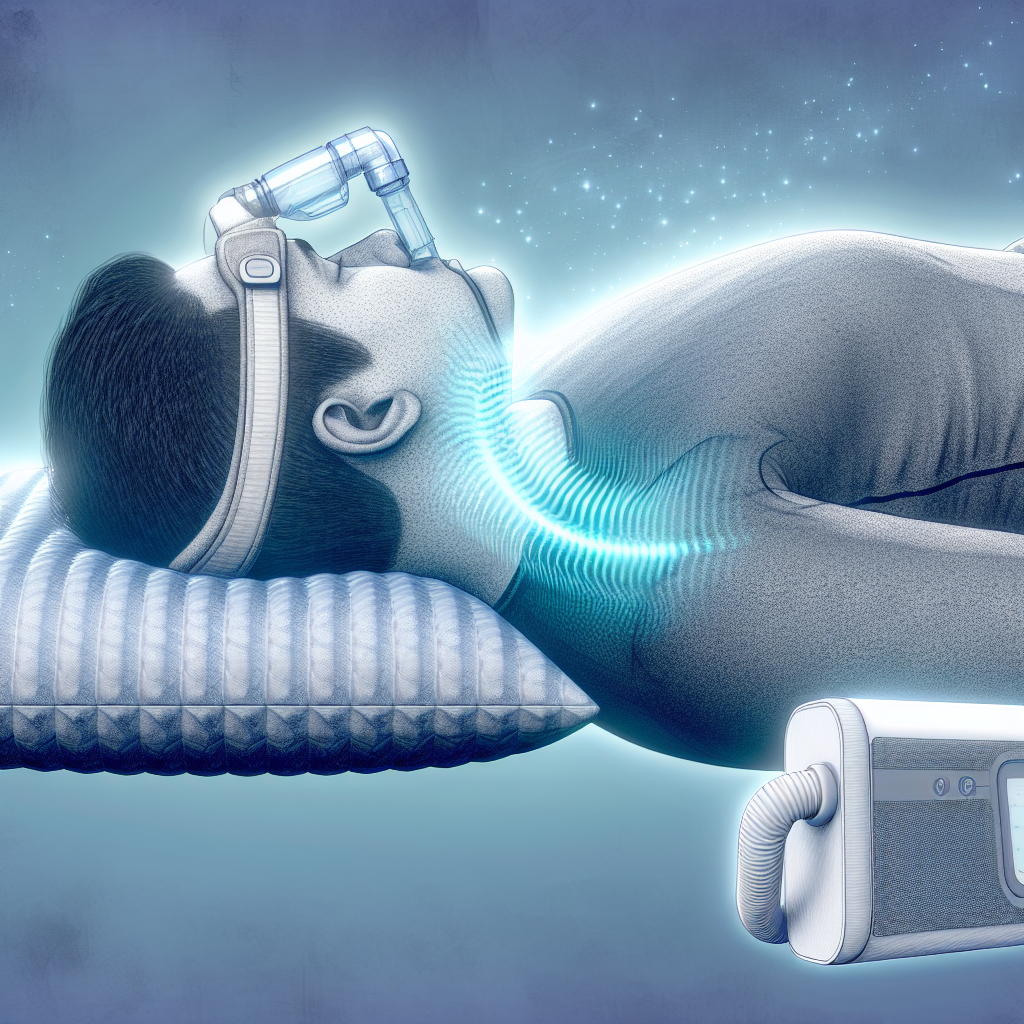Trauma-Associated Sleep Disorder, abbreviated as TASD
TASD is an abbreviation for Trauma-Associated Sleep Disorder. A particular kind of sleep disturbance manifests itself after an individual has been through a stressful experience.
As you indicated, the following are the primary symptoms of TASD:
A common occurrence among people who have been through a traumatic experience is the occurrence of dreams that are associated with the trauma. These are reoccurring, unpleasant nightmares that are closely tied to the traumatic experience. They frequently vividly reenact the incident or aspects of it and appear throughout the night.
This might cause the individual to wake up in a condition of panic, with physical symptoms such as a rapid heartbeat, sweating, and feelings of acute fear or anxiety. The nightmares can be so vivid and realistic that they can cause the individual to wake up in a state of panic.
The occurrence of these nightmares is a sign of the brain’s attempt to analyze and make sense of the horrific experience that just occurred. The repeated nature of the dreams suggests that the individual’s brain is attempting to find a method to incorporate the unpleasant memories and feelings into their entire experience.
This process, which can be exceedingly stressful and disturbing, may negatively impact the individual’s quality of sleep, emotions, and overall functioning.
Individuals can learn how to control their nightmares and enhance their general well-being.
Post-traumatic stress disorder (PTSD) is a mental health illness that can develop after experiencing or witnessing a terrible event. One of the most prominent symptoms of PTSD is the frequent occurrence of dreams that are associated with the trauma.
Individuals who suffer from post-traumatic stress disorder (PTSD) may, in addition to having dreams, also have intrusive thoughts, flashbacks, the avoidance of reminders of the traumatic event, as well as changes in mood and arousal.
For individuals who are experiencing nightmares that are associated with traumatic experiences, it is essential to seek professional assistance, such as from a mental health therapist or counselor. These professionals can provide evidence-based treatments, such as cognitive-behavioral therapy or exposure therapy, which can assist the individual in processing the trauma and alleviating the symptoms.
Individuals can learn how to control their nightmares and enhance their general well-being if they receive the appropriate encouragement and treatment.
In addition to sleepwalking and sleep terrors, disruptive nocturnal activities can also involve other abnormal actions that occur while the individual sleeps.
Autonomic disturbances are described as bodily symptoms that manifest themselves during sleep. Some examples of these symptoms include sweating, an elevated heart rate, or rapid breathing.
It is vital to take into consideration the fact that TASD is comparable to both Post-Traumatic Stress Disorder (PTSD) and Rapid Eye Movement (REM) Behavior Disorder (RBD).

Dominic E. is a passionate filmmaker navigating the exciting intersection of art and science. By day, he delves into the complexities of the human body as a full-time medical writer, meticulously translating intricate medical concepts into accessible and engaging narratives. By night, he explores the boundless realm of cinematic storytelling, crafting narratives that evoke emotion and challenge perspectives.
Film Student and Full-time Medical Writer for ContentVendor.com



